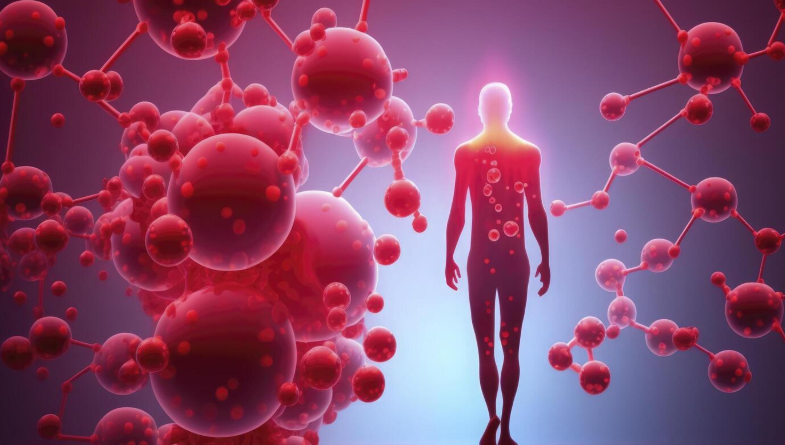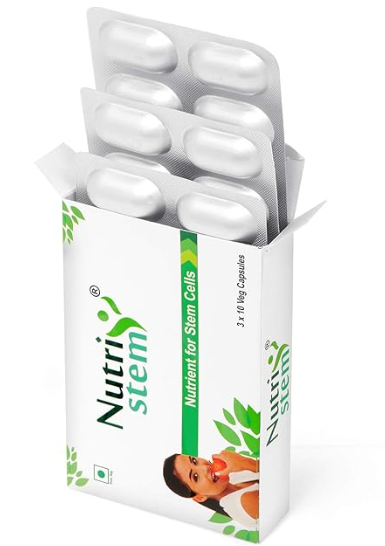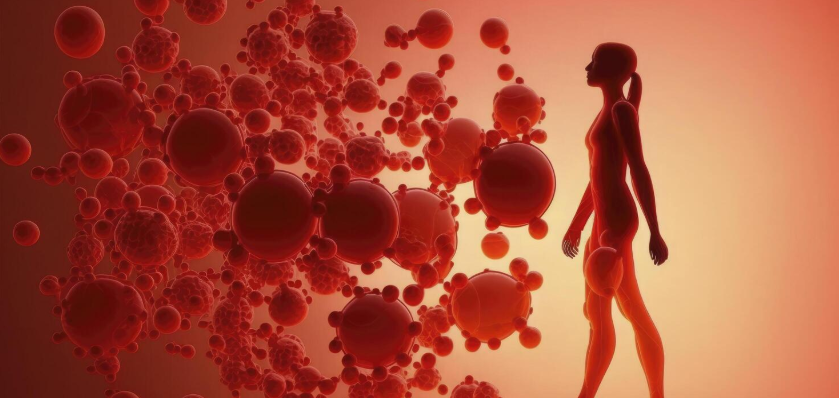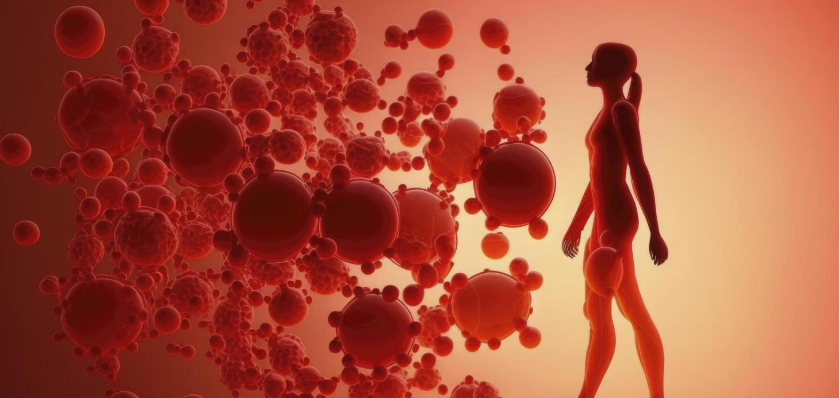
Meta Description
Learn what stem cells are, how they function, their powerful role in healing, and their groundbreaking potential in modern medicine. A complete, beginner-friendly guide to understanding the hidden power inside your body.
Introduction
Have you ever wondered how your body heals after a cut, an injury, or even an illness? Quietly operating in the background, these tiny ‘hero’ cells constantly repair damage and help sustain life. These are stem cells—the unsung heroes of biology. They’re unlike any other cell in your body because they can transform into whatever is needed most: skin, blood, bone, or even brain cells.
Scientists have been fascinated by them for decades, and research is unlocking incredible possibilities, from healing broken hearts (literally) to reversing Stem cells are frequently referred to as the body’s built-in healing system. signs of aging. Let’s dive deeper into this hidden power inside your body.
What Are Stem Cells?
While most cells in your body—like muscle or nerve cells—have one job and stick to it, stem cells remain flexible. They can:
“Stem cells act as the body’s master cells, capable of developing into a wide range of cell types.
Self-renew: Keep dividing to produce more stem cells.
Differentiate: Transform into specialized cells with unique roles.
This makes them a renewable resource for your body, almost like having an endless supply of spare parts.
Why They’re Unique
Imagine if a carpenter could suddenly become an electrician, plumber, or painter depending on what the house needed. That’s exactly what stem cells do inside your body. They adapt, transform, and keep things running smoothly.
The Different Types of Stem Cells
Not all stem cells are created equal. “Certain stem cells have remarkable flexibility, whereas others have more restricted capabilities.”

Embryonic Stem Cells
These are found in embryos a few days after fertilization. They can transform into any cell type in the body, making them the most powerful kind. Scientists call this pluripotency. However, their use raises ethical concerns.
Adult Stem Cells
Located in areas such as bone marrow, skin, and fat, these stem cells have limited potential. They usually generate cells that correspond to their original tissue—for instance, stem cells from bone marrow mainly create blood cells.
Induced Pluripotent Stem Cells (iPSCs)
This breakthrough allows research without the ethical debates, giving us the best of both worlds.
Scientists in laboratories can transform adult cells by reprogramming them to function like embryonic stem cells.
Perinatal Stem Cells
Collected from umbilical cord blood and amniotic fluid, these stem cells are a middle ground: versatile but easier to collect ethically.
How Stem Cells Work in the Human Body
Stem cells are like a 24/7 maintenance crew inside your body.
When tissues are damaged, they rush to the scene and start building replacements.
They adapt to the body’s needs, whether that’s making more blood after an injury or regenerating skin after a burn.
Without stem cells, the body’s healing process would grind to a halt.
Sources of Stem Cells
Stem cells aren’t only found in labs—they exist naturally in your body and can also be collected in other ways:
Bone marrow: A classic source, often used in transplants.
Umbilical cord blood: Stored after birth and used for medical treatments.
Adipose tissue (fat): Surprisingly rich in stem cells.
Laboratory-created iPSCs: Giving researchers an endless supply.
BUY NOW

Each source has its own strengths, and scientists are learning how to use them most effectively.
Stem Cells and Healing
Stem cells aren’t just science fiction—they’re actively saving lives today.
In cases of heart attack, stem cells play a role in repairing and regenerating damaged heart tissue.
Burn healing: Doctors use stem cell therapies to regrow skin for burn victims.
Organ regeneration: Early research shows potential in repairing livers, kidneys, and lungs.
Think of them as biological first responders, rushing to fix problems as soon as they appear.
Medical Uses of Stem Cells
Medicine is already harnessing stem cells to fight serious diseases:
For blood-related illnesses such as leukemia and lymphoma, bone marrow transplants are often used as an effective treatment.
Immune system recovery: After chemotherapy, stem cells rebuild immunity.
Neurological repair: Promising studies are using stem cells to treat Parkinson’s, multiple sclerosis, and spinal cord injuries.
This is just the beginning—scientists believe we’ve only scratched the surface.

Stem Cells in Regenerative Medicine
The most exciting area of research is regenerative medicine—using stem cells to regrow or repair body parts.
Heart regeneration: Giving hope to patients after heart attacks.
Cartilage and joint repair: Helping arthritis sufferers regain mobility.
Vision restoration: Clinical trials are using stem cells to repair damaged retinas.
This is like hitting the “reset” button on damaged organs.
Stem Cells and Anti-Aging Research
What if science could help us not just live longer but live better?
Stem cell therapies are already being tested for skin rejuvenation.
Studies suggest they may delay age-related diseases by keeping organs healthy longer.
Many aesthetic clinics are now experimenting with stem cell-based therapies to fight visible aging.
While immortality is off the table, stem cells could help us age gracefully.

Future of Stem Cell Research
The future sounds like science fiction but is closer than you think:
Artificial organs: Imagine growing a kidney in a lab instead of waiting for a donor.
Personalized medicine: Treatments tailored to your DNA, using your own reprogrammed cells.
Disease prevention: Stopping illnesses before they start by strengthening tissues early.
The possibilities are endless—and each year brings us closer.

Ethical Concerns About Stem Cells
Of course, with great power comes great responsibility.
Embryonic stem cell use remains controversial because it involves early-stage embryos.
Governments and research institutions are working on guidelines to balance progress with ethics.
iPSCs are helping reduce ethical concerns while still enabling cutting-edge science.
Risks and Limitations
Stem cell therapy isn’t without risks.
Unproven clinics often make false promises, especially in medical tourism.
Improper use can lead to tumors or cells behaving unpredictably.
Much research is still experimental, requiring careful testing before wide use.
That’s why patients must only seek treatment from licensed professionals.
Stem Cell Myths Busted
There’s a lot of misinformation out there. Let’s set things straight:
Myth: Stem cells can cure every disease.
Truth: They’re powerful but not a magic bullet.
Myth: Only embryos have stem cells.
Truth: Adults, umbilical cords, and labs provide alternatives.
Myth: All stem cell treatments are safe.
Truth: Only approved therapies are safe; many clinics operate without regulation.

The Global Impact of Stem Cell Research
Stem cells are already transforming healthcare worldwide.
In India and the U.S., cord blood banks are storing stem cells for future treatments.
Researchers in Japan have successfully used stem cell therapy to bring back vision.
In Europe, patients with severe burns have received life-saving skin grafts from stem cells.
These stories prove the global potential of stem cells is more than theory—it’s reality.
Conclusion
Stem cells stand among nature’s most remarkable treasures. Hidden within our bodies, they work tirelessly to repair, restore, and regenerate life. From healing wounds to offering hope for once-incurable diseases, they are transforming the future of medicine.
The road ahead isn’t without challenges—ethical debates, safety concerns, and high costs remain. But one thing is clear: stem cells are not just the future of medicine. They are the future of human health.
FAQs
Is every stem cell clinic trustworthy?
No. Always check if a treatment is approved and consult licensed medical professionals before proceeding.
What do stem cells actually do in the body?
They function as the body’s maintenance crew, restoring damaged or aging cells and supporting overall tissue health.
Are stem cells already used in hospitals?
Yes. Bone marrow transplants and cord blood therapies are standard treatments for blood disorders and immune recovery.
Can stem cells reverse aging?
Not entirely, but they can slow age-related decline and improve quality of life.
Why is stem cell therapy so expensive?
Because it involves advanced technology, strict regulations, and ongoing research.